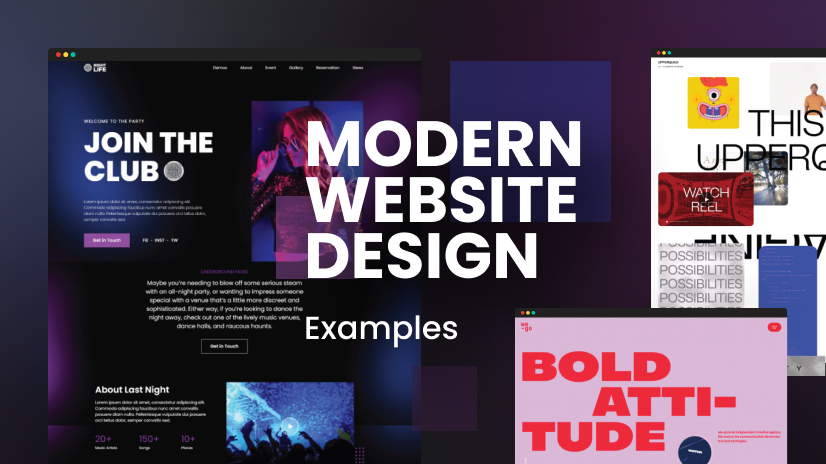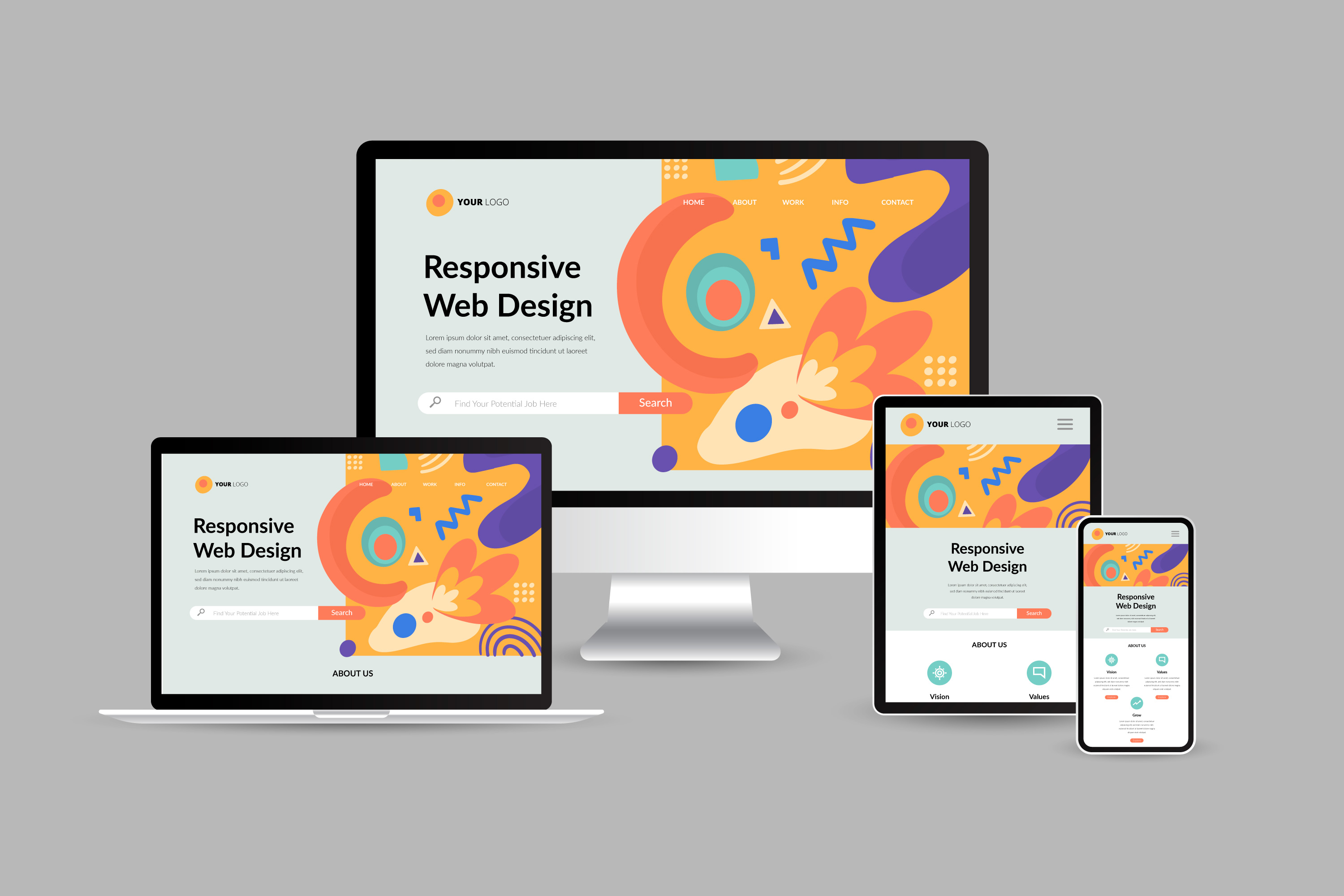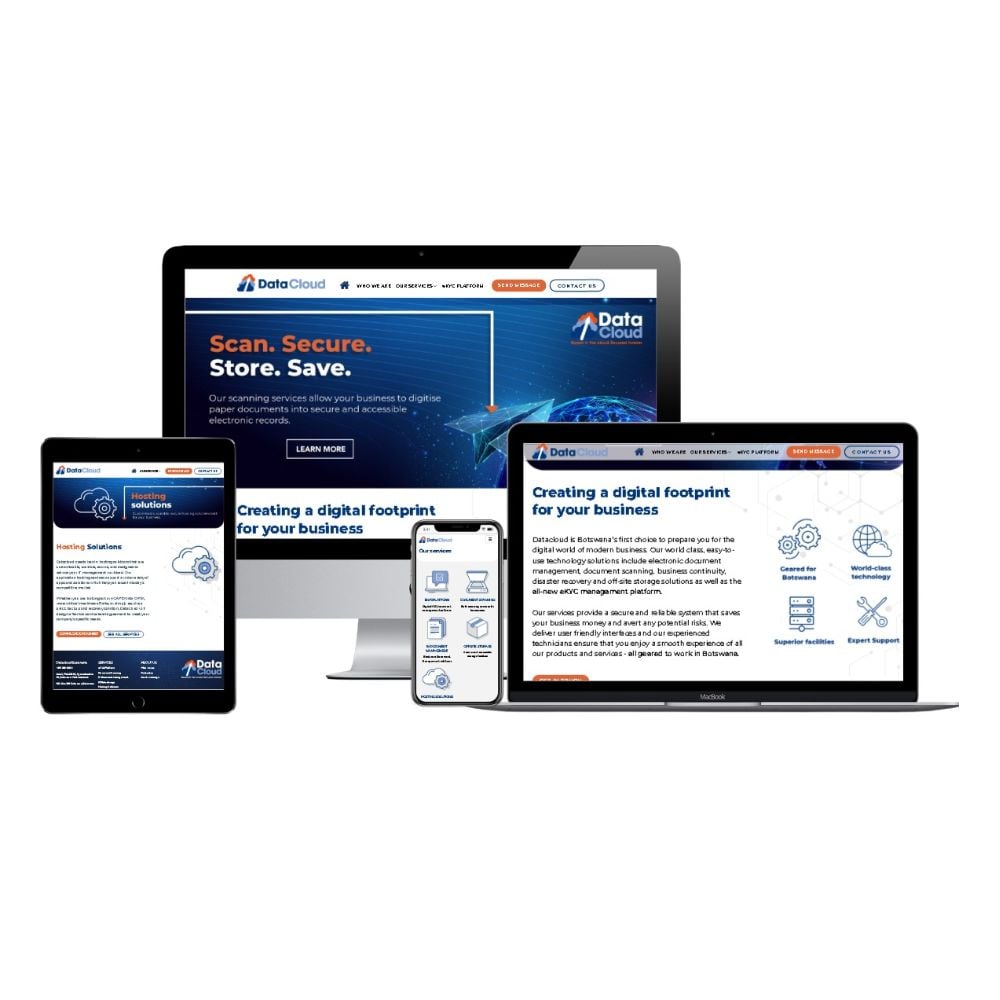
Crafting a User-Friendly Experience: Vital Elements of Efficient Website Layout
Crucial components such as a clear navigating structure, receptive style concepts, and quick packing times serve as the foundation for involving users efficiently. Comprehending the underlying variables that contribute to reliable style can shed light on just how to enhance individual complete satisfaction and engagement.
Clear Navigating Framework
A clear navigating structure is basic to reliable site layout, as it directly affects individual experience and involvement. Individuals need to be able to situate info easily, as instinctive navigation reduces stress and urges exploration. A well-organized layout enables visitors to comprehend the relationship between different web pages and content, resulting in longer website sees and enhanced interaction.
To achieve clearness, developers ought to employ familiar patterns, such as side or leading navigation bars, dropdown food selections, and breadcrumb trails. These elements not just improve usability but likewise give a feeling of orientation within the website. In addition, preserving a constant navigating structure throughout all web pages is vital; this experience helps users prepare for where to find preferred info.
It is also vital to restrict the number of food selection items to stay clear of frustrating individuals. Prioritizing one of the most important areas and utilizing clear labeling will lead site visitors properly. Additionally, integrating search functionality can better assist customers in situating details material swiftly (website design). In recap, a clear navigation structure is not just a design choice; it is a calculated aspect that substantially impacts the general success of a website by promoting a reliable and delightful individual experience.
Responsive Style Principles
Efficient web site navigation establishes the phase for a seamless individual experience, which becomes a lot more vital in the context of receptive style concepts. Receptive style ensures that websites adjust fluidly to numerous display dimensions and positionings, boosting ease of access across tools. This versatility is attained through flexible grid layouts, scalable photos, and media queries that enable CSS to adjust styles based on the device's qualities.
Key concepts of receptive style include fluid layouts that make use of percents instead of repaired devices, making certain that components resize proportionately. Furthermore, utilizing breakpoints in CSS makes it possible for the design to change efficiently between various tool dimensions, maximizing the format for each display kind. The use of receptive pictures is likewise essential; photos ought to immediately get used to fit the screen without shedding quality or triggering design shifts.
In addition, touch-friendly interfaces are essential for mobile customers, with properly sized switches and user-friendly motions improving user interaction. By incorporating these principles, designers can create internet sites that not only look cosmetically pleasing yet likewise provide practical and appealing experiences across all devices. Inevitably, reliable responsive layout fosters user contentment, lowers bounce prices, and urges longer engagement with the content.
Quick Loading Times
While individuals increasingly anticipate sites to pack rapidly, quickly filling times are not simply a matter of ease; they are vital for keeping visitors and improving total customer experience. Research suggests that customers commonly desert internet sites that take longer than three secs to tons. This abandonment can find more information bring about increased bounce rates and decreased conversions, ultimately damaging a brand's track record and profits.
Rapid packing times enhance user interaction and satisfaction, as visitors are more probable to discover a website that reacts swiftly to their interactions. Additionally, internet search engine like Google focus on speed in their ranking algorithms, indicating that a slow-moving website may battle to accomplish exposure in search engine result.

Intuitive Individual User Interface
Quick loading times prepared for an appealing online experience, yet they are only component of the equation. An intuitive individual interface (UI) is necessary to guarantee site visitors can browse a site effortlessly. A properly designed UI permits customers to achieve their goals with minimal cognitive lots, fostering a seamless communication with the website.
Key elements of an intuitive UI include constant layout, clear navigation, and recognizable icons. Consistency in layout elements-- such as color pattern, typography, and button styles-- helps users understand just how to communicate with the website. Clear navigation structures, including logical food selections and breadcrumb routes, make it possible for individuals to locate information quickly, lowering aggravation and boosting retention.
Additionally, feedback devices, such as hover effects and packing indicators, educate users regarding their actions and the website's reaction. This openness grows depend on and motivates ongoing engagement. Moreover, focusing on mobile responsiveness makes sure that individuals enjoy a natural experience throughout tools, providing to the varied ways audiences access material.
Accessible Material Guidelines

First, make use of clear and uncomplicated language, staying clear her explanation of lingo that might confuse readers. Highlight correct heading frameworks, which not just help in navigation recommended you read however likewise aid display readers in analyzing material hierarchies successfully. In addition, give alternative message for pictures to share their significance to customers that depend on assistive modern technologies.
Comparison is an additional important component; guarantee that text stands out versus the history to boost readability. Make certain that video clip and audio web content includes records and inscriptions, making multimedia available to those with hearing impairments.
Lastly, incorporate keyboard navigability into your layout, enabling customers who can not utilize a computer mouse to gain access to all site functions (website design). By sticking to these obtainable web content guidelines, web developers can develop comprehensive experiences that satisfy the requirements of all individuals, inevitably improving user engagement and complete satisfaction
Conclusion
To conclude, the integration of essential elements such as a clear navigating framework, receptive layout concepts, quick packing times, an instinctive user interface, and available material guidelines is crucial for developing an easy to use website experience. These parts collectively boost functionality and involvement, making sure that individuals can effortlessly connect and browse with the site. Focusing on these style elements not only enhances overall contentment however likewise promotes inclusivity, fitting varied individual demands and choices in the digital landscape.
A clear navigating structure is essential to reliable site style, as it straight influences individual experience and involvement. In recap, a clear navigating framework is not simply a style option; it is a strategic component that significantly influences the overall success of a website by promoting a enjoyable and effective user experience.
Furthermore, touch-friendly interfaces are essential for mobile users, with properly sized buttons and instinctive motions improving individual communication.While individuals increasingly expect web sites to load swiftly, quickly loading times are not simply a matter of comfort; they are essential for retaining site visitors and enhancing general customer experience. website design.In verdict, the integration of essential aspects such as a clear navigation structure, responsive design concepts, quickly packing times, an user-friendly customer interface, and available web content guidelines is important for producing an easy to use site experience